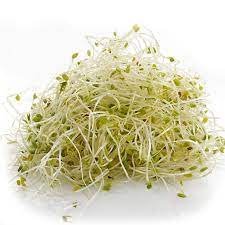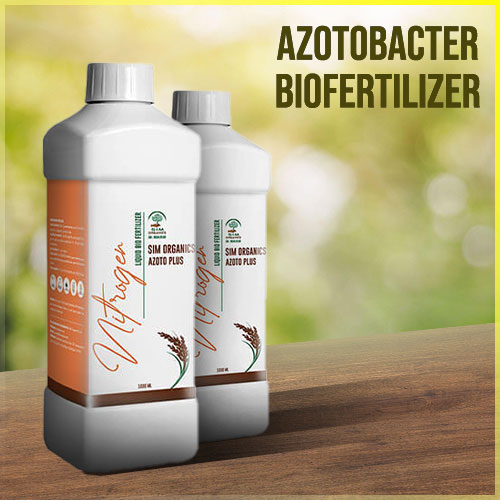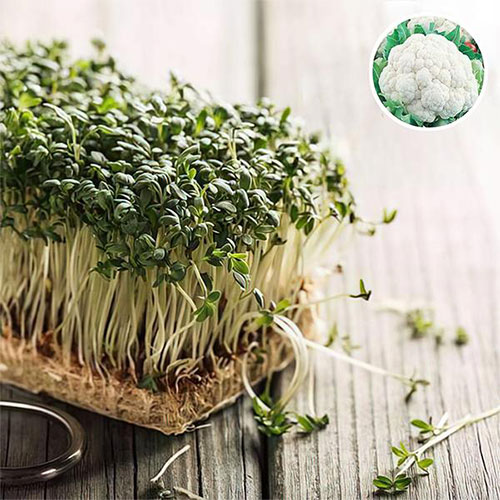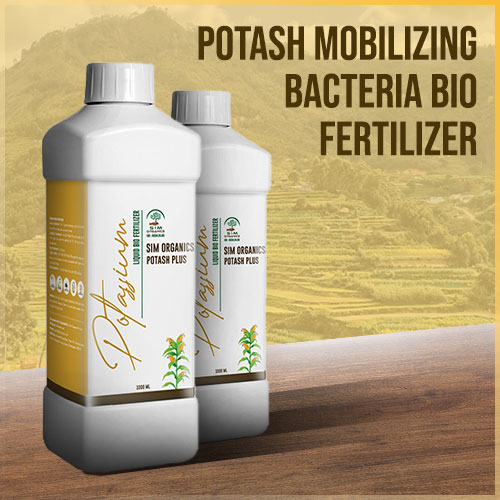
Introduction:
In organic gardening, the use of biofertilizers has gained significant popularity due to their numerous benefits for plant growth and soil health. Biofertilizers consist of living microorganisms, including bacteria, fungi, and algae, which can enhance nutrient absorption in plants. By harnessing the power of these beneficial microorganisms, organic gardeners can improve soil fertility, increase crop yields, and promote sustainable agricultural practices. In this blog, we will delve into the advantages of using biofertilizers and shed light on Sim Organics, a leading provider of biofertilizers in the organic gardening industry.
The Benefits of Biofertilizers:
Biofertilizers offer a range of benefits that make them valuable tools for organic gardeners.
Let’s explore some of their key advantages:
1. Nitrogen Fixation: Certain biofertilizers, such as Rhizobium, have the ability to fix atmospheric nitrogen in the soil and root nodules of legume crops. This process converts atmospheric nitrogen into a form that plants can readily use, reducing the need for synthetic nitrogen fertilizers. By utilizing biofertilizers, organic gardeners can enhance nitrogen availability and promote healthier plant growth.
2. Phosphate Solubilization: Biofertilizers contain microorganisms capable of solubilizing insoluble forms of phosphates present in the soil. This ability is particularly important because phosphorus is an essential nutrient for plant development. By converting insoluble phosphates into available forms, biofertilizers ensure that plants have access to an adequate supply of phosphorus, resulting in improved root growth and overall plant health.
3. Organic Matter Decomposition: Biofertilizers play a vital role in the decomposition of organic matter in the soil. They contribute to the breakdown of organic materials, facilitating the release of essential nutrients and minerals. This process, known as mineralization, helps create a nutrient-rich environment for plants, supporting their growth and development.
4. Hormone and Metabolite Production: Biofertilizers produce hormones and metabolites that promote root growth and enhance nutrient uptake in plants. These growth-promoting substances can improve the vigor and resilience of crops, leading to higher yields and healthier plants.
5. Environmental Sustainability: One of the significant advantages of biofertilizers is their eco-friendly nature. Unlike synthetic fertilizers, biofertilizers do not harm the environment or contribute to water pollution. They are a sustainable alternative that promotes soil health, reduces chemical dependency, and supports long-term agricultural sustainability.
Sim Organics: Revolutionizing Organic Gardening:
Among the leading providers of biofertilizers in the organic gardening industry is Sim Organics. With their commitment to sustainable agriculture and quality products, Sim Organics has emerged as a trusted name among organic gardeners worldwide. Their range of biofertilizers includes various bacterial, fungal, algal, and actinomycetes-based products tailored to specific crop requirements.
Sim Organics offers a diverse lineup of biofertilizers, including Rhizobium, Azospirillum, Azotobacter, and Phosphate Solubilizers, among others. These biofertilizers are carefully cultured, ensuring high populations of beneficial microorganisms that deliver exceptional results in organic gardening. Sim Organics’ products are formulated to enhance nutrient availability, promote soil fertility, and support sustainable agricultural practices.
Application Methods and Precautions:
To make the most of biofertilizers, organic gardeners should follow recommended application methods. Seed treatment, seedling root dip, and soil treatment are common techniques used to apply biofertilizers effectively. Additionally, incorporating biofertilizers into the soil during sowing or planting stages can optimize their benefits.
When using biofertilizers, it is crucial to store them in a cool, dry place away from direct sunlight. It is also important to use the correct combination of biofertilizers for specific crops and avoid mixing them with other chemicals. Gardeners should carefully read the product labels for instructions on application rates, expiry dates, and proper usage.
Rhizobium Strains:
Crops Suited: Legumes like pulses, groundnut, soybean
Benefits Usually Seen: Rhizobium strains have shown a yield increase of 10-35% in legume crops. They can add 50-200 kg of nitrogen per hectare to the soil. Additionally, when used for fodder grasses, they provide better results. Furthermore, Rhizobium leaves residual nitrogen in the soil, contributing to long-term fertility.
Azotobacter:
Crops Suited: Non-legume crops, including dry land crops
Benefits Usually Seen: Azotobacter, when used as a soil treatment, can result in a yield increase of 10-15%. It adds approximately 20-25 kg of nitrogen per hectare to the soil. Additionally, Azotobacter has been known to exhibit control over certain diseases in crops.
Azospirillum:
Crops Suited: Non-legumes like maize, barley, oats, sorghum, millet, sugarcane, rice, etc.
Benefits Usually Seen: Azospirillum has shown a yield increase of 10-20% in non-legume crops. It also exhibits positive effects on fodder grasses, leading to higher yields and enriched fodder responses. Azospirillum produces growth-promoting substances that enhance plant growth. It can also be applied as a co-inoculant with legumes.
Phosphate Solubilizers:
Crops Suited: All crops
Benefits Usually Seen: Phosphate solubilizers, including both bacterial and fungal species, when applied to the soil, can result in a yield increase of 5-30%. They play a crucial role in making phosphorus more available to plants. These biofertilizers can even be mixed with rock phosphate, a natural source of phosphorus, to improve its utilization by plants.
Mycorrhizae (VAM):
Crops Suited: Many trees, some crops, and some ornamental plants
Benefits Usually Seen: Mycorrhizae, specifically Vesicular Arbuscular Mycorrhizae (VAM), can result in a yield increase of 30-50% in crops. They enhance the uptake of phosphorus, zinc, sulfur, and water by plants. Mycorrhizae are typically inoculated to seedlings to establish a symbiotic relationship between the plant roots and the fungal mycelium.
These biofertilizers offer significant benefits in terms of yield increase, nutrient availability, disease control, and soil health. Their application can contribute to sustainable agriculture practices and reduce dependency on synthetic fertilizers.
Conclusion:
In conclusion, the use of biofertilizers in organic gardening offers numerous benefits for both plants and the environment. By harnessing the power of beneficial microorganisms, organic gardeners can improve soil fertility, enhance nutrient availability, and promote sustainable agricultural practices. Sim Organics stands at the forefront of providing high-quality biofertilizers, supporting organic gardeners in their quest for healthier plants and a greener future.
Are you looking for a lifestyle change for good health?
Sim Organics, a pioneer in its own right, is paving the way for nature lovers like you. We offer biofertilizers, organic garden essentials like premium soil mix, and can assist you in designing the perfect garden space to suit your unique needs.
For a consultation, contact us at +91 78801 66671 or email us at contact@simorganics.net.
Our solutions are also ideal for larger farmlands.






